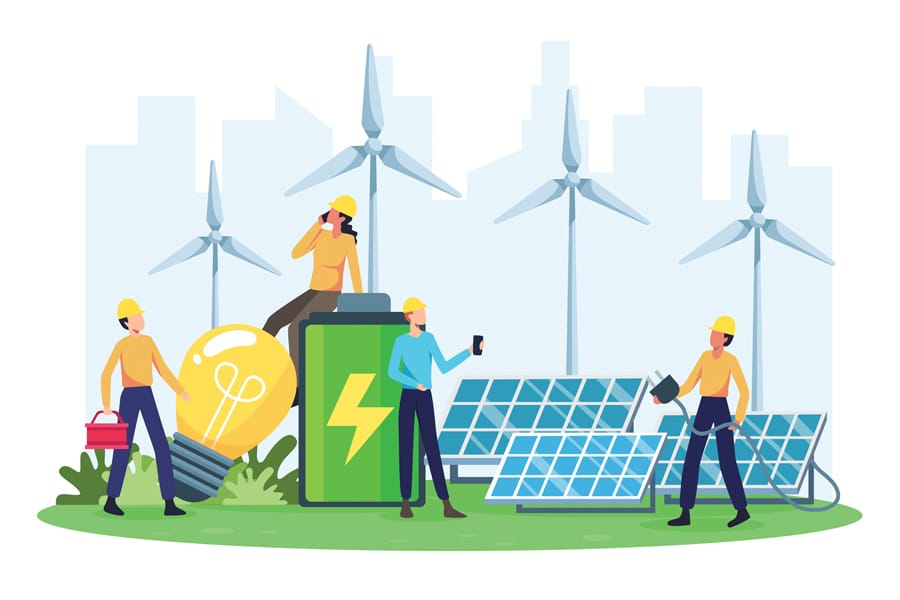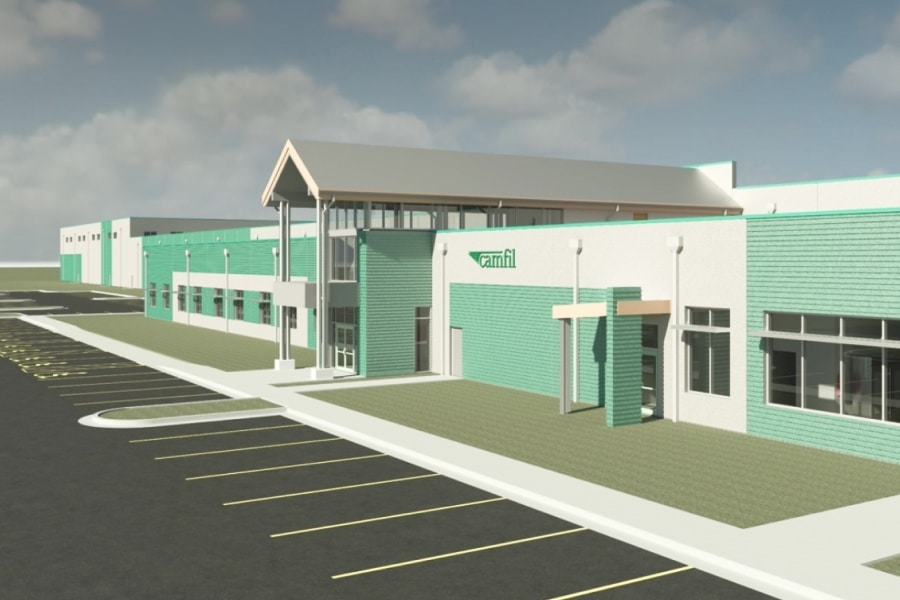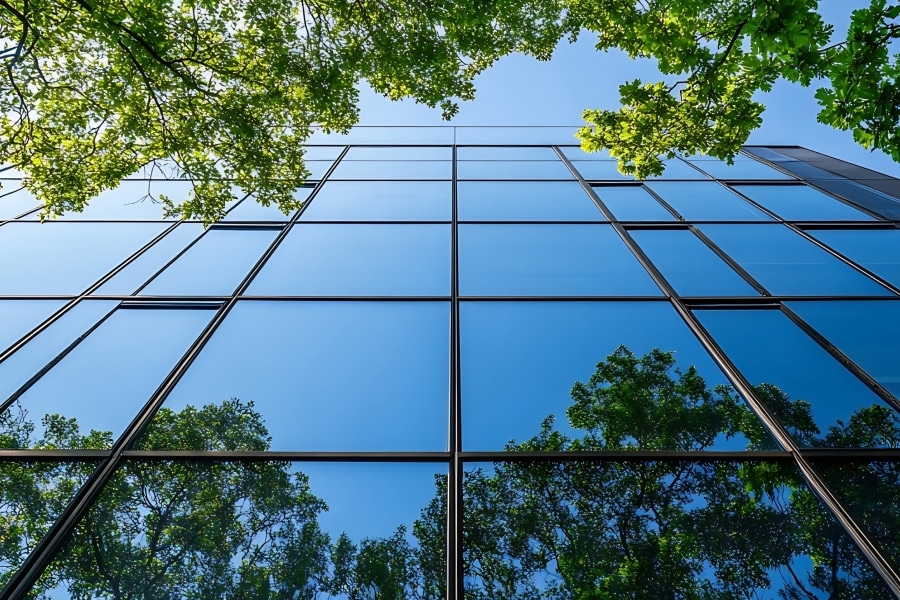*Image credit: Fortis House
The Asia-Pacific (APAC) region is highly vulnerable to natural disasters, including earthquakes, typhoons, floods and landslides, which can cause significant damage to buildings and infrastructure. The APAC region is estimated to account for more than 50% of the total damage caused by natural disasters globally, with an annual average loss of US$45 billion. As a result, the importance of resilient design and construction is becoming increasingly recognised in the region, with countries such as Japan, Australia and New Zealand implementing building codes and regulations that prioritise resilience.
Resilient design and construction involve designing and constructing buildings and infrastructure to withstand and recover from natural disasters, as well as to adapt to changing environmental conditions and other stressors. Using resilient design and construction can help reduce the damage caused by natural disasters and ensure that buildings and infrastructure remain functional after a disaster.
One of the key ways to increase resilience is by using resilient materials such as reinforced concrete, steel and masonry, which can significantly increase the strength and durability of buildings and infrastructure in the face of natural disasters. Innovative construction methods such as modular construction and prefabrication can also help improve resilience by reducing construction time and increasing quality control.
Green infrastructure such as permeable pavements, green roofs and rain gardens can also improve the resilience of urban areas by reducing the risk of flooding and mitigating the urban heat island effect. Designing for resilience involves incorporating features and strategies that make buildings and infrastructure more resistant to natural disasters and other stressors. For example, buildings can be designed with reinforced concrete or steel frames, impact-resistant windows and doors, and elevated foundations to withstand floods and hurricanes. Renewable energy sources such as solar and wind power can be incorporated to make buildings more resilient to power outages.
Another aspect of designing for resilience is to consider the impacts of climate change on the built environment. Buildings and infrastructure should be designed to adapt to changing conditions, such as rising sea levels and increased precipitation. This may involve incorporating green infrastructure, such as green roofs and rain gardens, to manage stormwater runoff and prevent flooding.
Building for resilience involves using high-quality materials and construction techniques to ensure that buildings and infrastructure are built to last. Buildings and infrastructure should be designed and constructed in a way that promotes community resilience, such as providing space for emergency shelters, community centres and other essential services. By designing and constructing buildings and infrastructure that can withstand and recover from natural disasters, as well as adapt to changing environmental conditions, we can help communities become more resilient and better prepared for the future.
Notable examples from around the world demonstrate the effectiveness of resilient design:
In Japan, the Roppongi Hills complex in Tokyo is a notable example of resilient design and construction. It includes a 54-story skyscraper and a large shopping and entertainment centre built to withstand earthquakes and other natural disasters. The building’s design features shock-absorbing dampers and an advanced seismic isolation system, which helps to minimise the impact of earthquakes.
New Zealand has also been a leader in resilient design and construction, particularly in response to its experiences with earthquakes. The Christchurch Art Gallery Te Puna o Waiwhetū is an example of a building designed to withstand seismic activity, with base isolation technology and flexible joints to absorb and dissipate seismic energy.
Australia’s Green Square Library and Plaza in Sydney is another example of resilient design and construction. It was built using sustainable materials and incorporates green infrastructure such as a green roof and a rainwater harvesting system. The building’s design includes raised floor levels to protect against flooding.
These examples stand as compelling illustrations of the significance of resilient design and construction in creating communities that are safeguarded for the future.
Recognising the growing demand from ordinary households to safeguard their homes, the FORTIS House project, led by the Resilient Building Council, assumes a critical role in promoting resilient design and construction.
Supported by NRMA Insurance, the Shoalhaven City Council, and a team of independent experts, engineers, and architects specialising in bushfire, storm, flood, and cyclone resilience, the FORTIS House project is an initiative aimed at facilitating the construction of affordable and resilient sustainable houses for Australians.
The project offers a range of resources, including free architectural drawings and construction specifications for the adaptable ‘FORTIS House’ design, which boasts resilience against bushfires, storms, heatwaves, floods, cyclones, mould, and pests.
Additionally, free handbooks are provided to community members, designers, and builders, offering guidance on adapting the principles of FORTIS House to any house design, site, and local risks.
This collaborative endeavour not only underscores the construction industry’s dedication to resilience but also highlights the shared objective of preparing properties to confront the growing challenges presented by natural disasters.
As the frequency and severity of natural disasters continue to rise, investing in resilient design and construction becomes increasingly crucial for ensuring the lasting safety and sustainability of communities worldwide. By prioritising resilience, we not only protect lives but also minimise damage and long-term costs, making resilient design and construction an essential component in the creation of safer and more sustainable communities throughout the APAC region and beyond.












